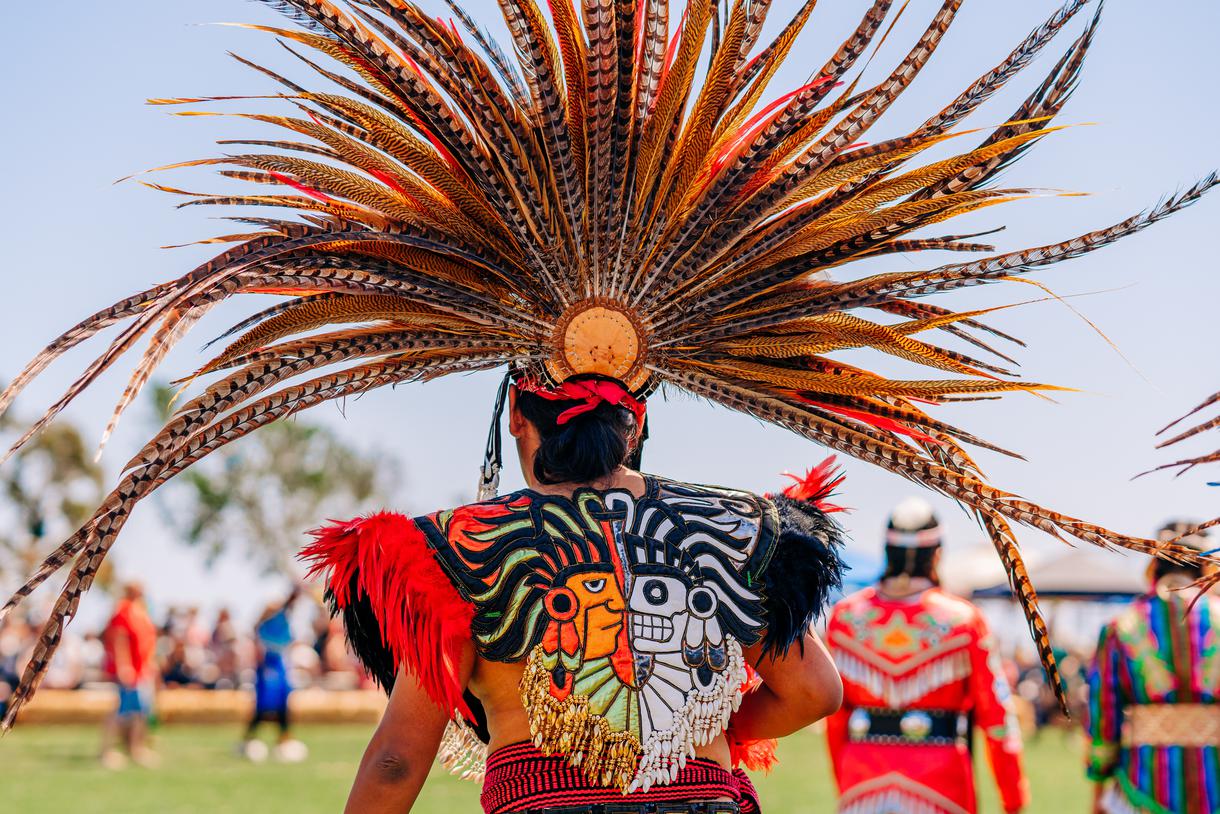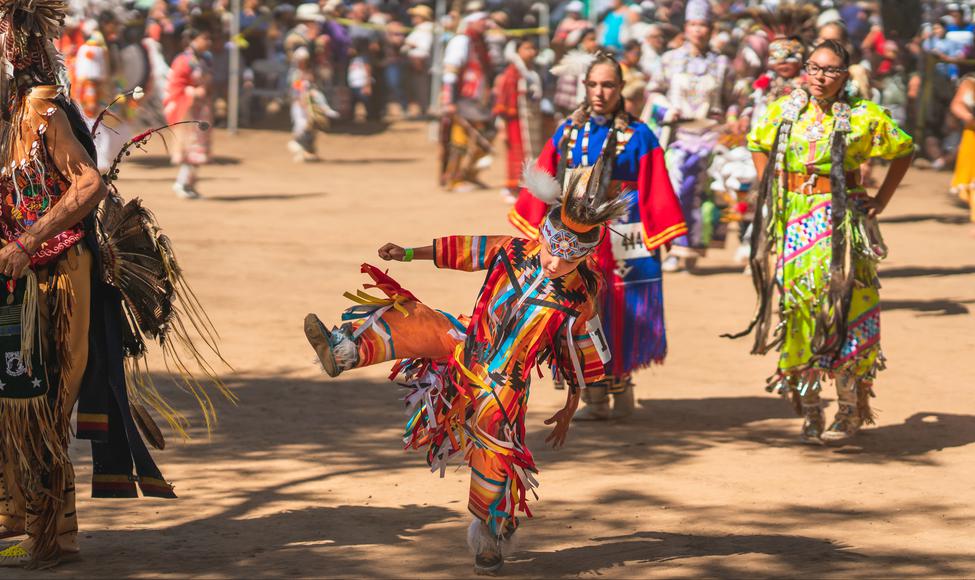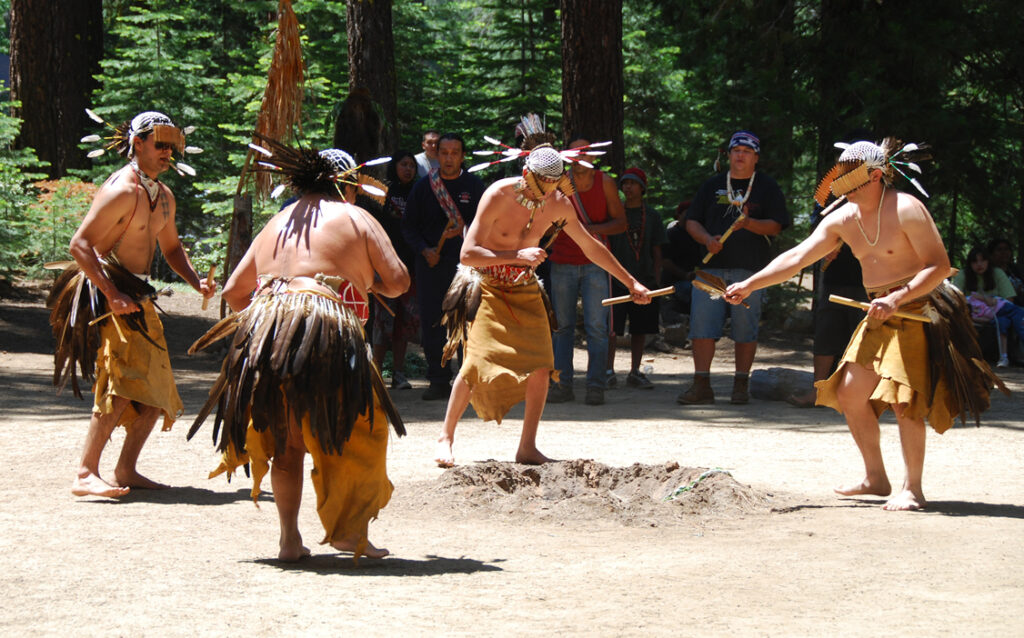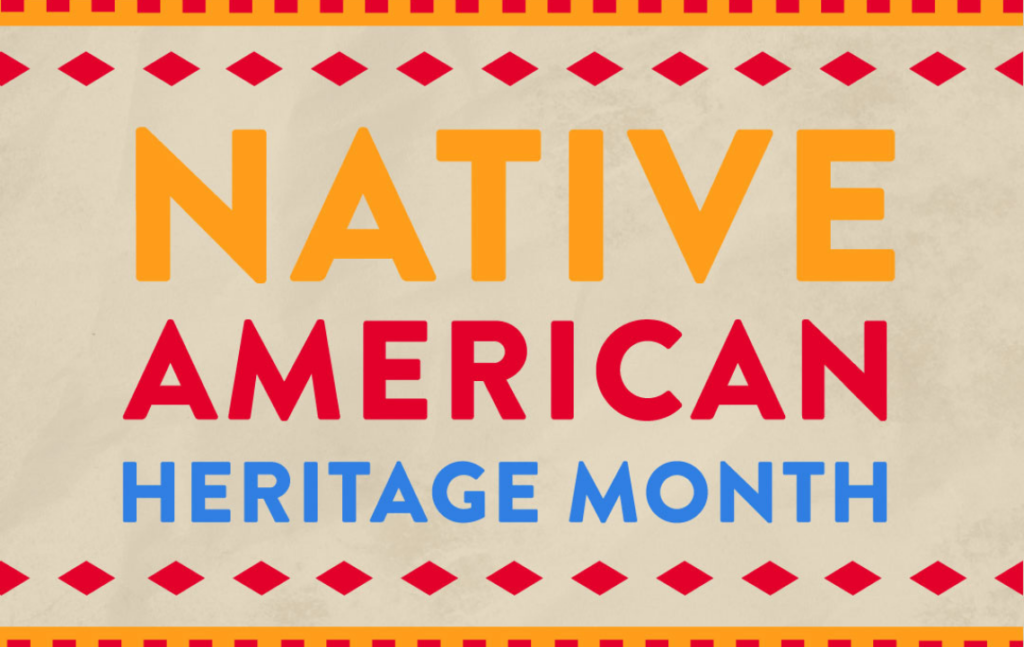Uncovering California’s Rich Heritage: A Guide to Native Tribes and Their Lands
Uncovering California’s Rich Heritage: A Guide to Native Tribes and Their Lands

California, the Golden State, is renowned for its stunning landscapes, vibrant cities, and innovative spirit. But beneath the surface of this modern tapestry lies a history as deep and diverse as its geography. For millennia, California was home to over 100 distinct Native American tribes, each with its own unique language, culture, and connection to the land. Understanding their stories is crucial to appreciating the true essence of California, a state shaped by the enduring legacy of its indigenous people.
A Tapestry of Tribes: Diverse Cultures and Histories
Related Articles: Uncovering California’s Rich Heritage: A Guide to Native Tribes and Their Lands
- The Choctaw Nation’s Great Seal: A Symbol of Native Heritage
- Uncover the Enchanting Heart of Wyoming: Journey to the Wind River Reservation
- Unearthing the Pueblo Tribe’s Enigmatic Homeland: Discover the Location!
- Discover the Mystique of Cheyenne Indian Reservation: Immerse Yourself in Rich Native Heritage!
- Adorn Yourself in Native Beauty: Craft a Stunning Native American Headdress
California’s Native American tribes were not a homogenous group. They were a collection of distinct nations, each with its own language, traditions, and ways of life. This diversity was reflected in their cultural practices, ranging from the sophisticated basketry of the Pomo to the intricate beadwork of the Chumash.
The Central Valley: This fertile region was home to tribes like the Yokuts, Miwok, and Nisenan, who thrived on the bounty of the valley’s rivers and grasslands. Their knowledge of agriculture allowed them to cultivate crops like corn, beans, and squash, ensuring a stable food supply.
The Coast: Along the rugged Pacific coastline, tribes like the Chumash, Salinan, and Esselen developed intricate maritime cultures. Their knowledge of the ocean currents and marine life allowed them to navigate the waters and harvest fish, shellfish, and marine mammals.
The Sierra Nevada: In the majestic Sierra Nevada Mountains, tribes like the Mono, Paiute, and Maidu adapted to the challenging terrain. They relied on hunting and gathering, skillfully navigating the steep slopes and utilizing the resources of the forests and meadows.
The Desert: In the arid desert regions of southeastern California, tribes like the Cahuilla, Chemehuevi, and Mojave thrived in a harsh environment. Their knowledge of desert plants and animals allowed them to survive and prosper in this challenging landscape.
A Legacy of Resilience: Facing Challenges and Maintaining Traditions
For centuries, California’s Native American tribes lived in harmony with the land. Their knowledge of the environment, their sustainable practices, and their deep spiritual connection to the earth allowed them to flourish. However, the arrival of European colonists in the 18th century brought a dramatic shift in their lives.
The Impact of Colonization: The colonization of California led to the displacement, dispossession, and forced assimilation of Native Americans. Mission systems, established by the Spanish, aimed to convert and control indigenous populations, disrupting their traditional ways of life and separating families.

The Gold Rush and Beyond: The discovery of gold in 1848 sparked a massive influx of settlers, further displacing Native Americans from their ancestral lands. Violence, disease, and forced removal ravaged Native American communities, leading to a drastic decline in their population.
Resilience and Revival: Despite the immense challenges they faced, California’s Native American tribes have shown remarkable resilience. They have fought for their rights, preserved their cultural traditions, and advocated for their sovereignty.
The Importance of Understanding Native American History
Learning about the history and culture of California’s Native American tribes is crucial for understanding the state’s rich and complex past. It allows us to:
- Recognize the profound impact of colonization: By acknowledging the injustices faced by Native Americans, we can strive to create a more equitable and inclusive society.
- Appreciate the enduring legacy of Native American culture: Their art, music, language, and traditions continue to enrich the cultural landscape of California.
- Learn from their wisdom and knowledge: Native American perspectives on environmental stewardship and sustainable living offer valuable insights for our modern world.
- Support their ongoing efforts to reclaim their sovereignty and preserve their heritage: We can contribute to the revitalization of Native American communities by respecting their rights and supporting their cultural initiatives.


A Map of California’s Native Tribes
To understand the diverse tapestry of California’s Native American tribes, it’s essential to explore a map that visually represents their geographic distribution. Several resources offer valuable maps, including:
- The California Native American Heritage Commission: This official state agency provides maps highlighting the ancestral territories of various tribes.
- The American Indian Resource Center: This organization offers a comprehensive online map showcasing the locations of Native American tribes in California.
- The Native Land Digital Project: This collaborative platform allows users to explore indigenous territories across North America, including California.
Exploring California’s Native American Heritage: Resources and Activities
Beyond maps, numerous resources and activities offer opportunities to learn more about California’s Native American heritage:
- Museums and Cultural Centers: Visit museums like the Autry Museum of the American West in Los Angeles, the Oakland Museum of California, and the California Indian Museum and Cultural Center in Sacramento. These institutions showcase Native American art, history, and culture.
- Native American-owned businesses: Support local businesses owned and operated by Native Americans, such as art galleries, restaurants, and cultural centers.
- Attend cultural events: Participate in powwows, traditional dances, and storytelling events organized by Native American communities.
- Support Native American organizations: Donate to organizations that advocate for Native American rights, preserve their heritage, and promote economic development.
FAQ: Native Tribes Map of California
Q: How many Native American tribes were in California before European colonization?
A: Estimates vary, but historians believe there were over 100 distinct tribes, each with its own language, culture, and territory.
Q: What are some of the most well-known California Native American tribes?
A: Some of the most well-known tribes include the Chumash, Miwok, Yokuts, Pomo, and Maidu, among many others.
Q: Where can I find a map showing the ancestral territories of California’s Native American tribes?
A: The California Native American Heritage Commission, the American Indian Resource Center, and the Native Land Digital Project are valuable resources for finding maps of Native American territories in California.
Q: What can I do to learn more about California’s Native American history and culture?
A: Visit museums, attend cultural events, support Native American-owned businesses, and donate to organizations that advocate for Native American rights and heritage preservation.
Q: How can I show my respect for California’s Native American heritage?
A: Learn about their history and culture, acknowledge the injustices they have faced, support their ongoing efforts for self-determination, and be mindful of the sacredness of their ancestral lands.
Conclusion
The map of California’s Native American tribes is not just a geographical representation; it’s a testament to the rich history, cultural diversity, and enduring resilience of the indigenous people who have called this land home for millennia. By understanding their stories, acknowledging their contributions, and supporting their continued efforts to preserve their heritage, we can truly appreciate the true essence of California, a state shaped by the legacy of its Native American ancestors.

Closure
Thus, we hope this article has provided valuable insights into Uncovering California’s Rich Heritage: A Guide to Native Tribes and Their Lands. We hope you find this article informative and beneficial. See you in our next article!